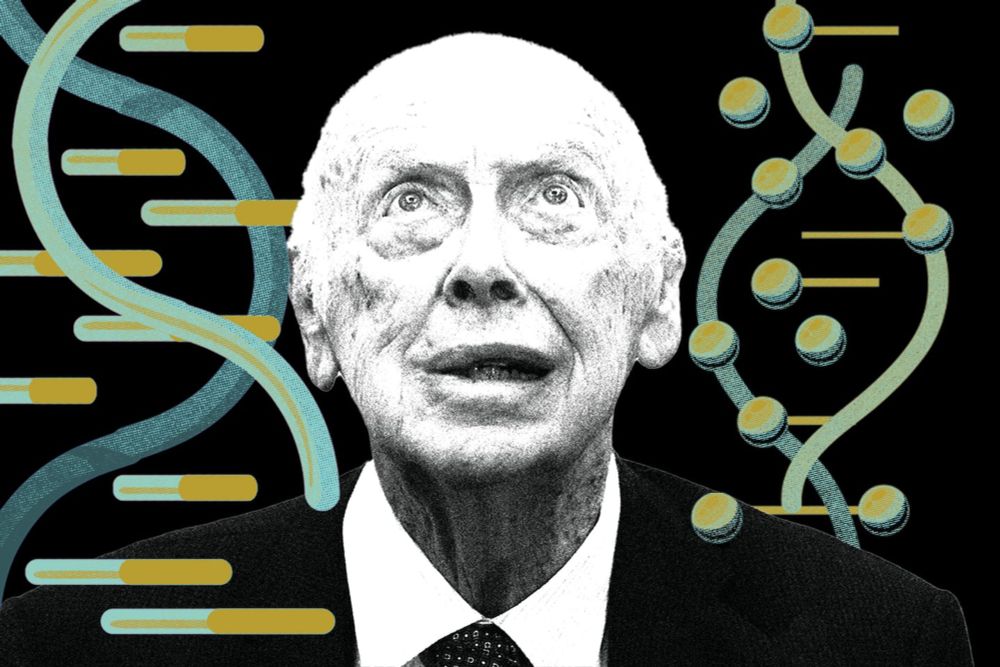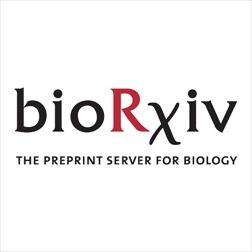Evolution, structural variants and population genetics.
PhD from @uab.cat | Inversion polymorphism.
https://biolevol.github.io/

www.science.org/doi/10.1126/...



www.science.org/doi/10.1126/...

www.science.org/doi/10.1126/...

Abstract deadline 9 June. If work is ongoing, plan for Heidelberg in September😉.
Organised by Maanasa Raghavan, @matejahajdi.bsky.social, Choongwon Jeong & me.

Abstract deadline 9 June. If work is ongoing, plan for Heidelberg in September😉.
Organised by Maanasa Raghavan, @matejahajdi.bsky.social, Choongwon Jeong & me.
Coll Macià & Skov "Best practices and pitfalls in using hmmix for reference-free detection of introgressed sequences"
doi.org/10.47248/hpg...
Submission for contributions still open to 15 January!
Coll Macià & Skov "Best practices and pitfalls in using hmmix for reference-free detection of introgressed sequences"
doi.org/10.47248/hpg...
Submission for contributions still open to 15 January!
rdcu.be/eQLCi

rdcu.be/eQLCi

#TEsky #TEworldwide
authors.elsevier.com/c/1m6MC,LqAZ...
#TEsky #TEworldwide
authors.elsevier.com/c/1m6MC,LqAZ...
By the great Sohini Ramachandran (@sramach.bsky.social) and your boy for The Boston Globe (@bostonglobe.com).
www.bostonglobe.com/2025/11/14/o...

go.nature.com/47UiBWa

go.nature.com/47UiBWa
@simonsfoundation.org. Details to follow. Please RT.
@simonsfoundation.org. Details to follow. Please RT.
by Ting-Fang Wang (@tingfangwang.bsky.social) & Ji-Long Liao (廖吉隆)
"We postulate that counter-actions of MMR and HR contribute to the post-zygotic isolation..."
authors.elsevier.com/sd/article/S...

by Ting-Fang Wang (@tingfangwang.bsky.social) & Ji-Long Liao (廖吉隆)
"We postulate that counter-actions of MMR and HR contribute to the post-zygotic isolation..."
authors.elsevier.com/sd/article/S...
go.nature.com/4i0i61w


sites.google.com/berkeley.edu...


sites.google.com/berkeley.edu...
www.biorxiv.org/content/10.1...
www.biorxiv.org/content/10.1...
www.biorxiv.org/content/10.1...

www.biorxiv.org/content/10.1...

In new work @nature.com with @hakha.bsky.social, @jkpritch.bsky.social, and our wonderful coauthors we find that the key factors are what we call Specificity, Length, and Luck!
🧬🧪🧵
www.nature.com/articles/s41...

In new work @nature.com with @hakha.bsky.social, @jkpritch.bsky.social, and our wonderful coauthors we find that the key factors are what we call Specificity, Length, and Luck!
🧬🧪🧵
www.nature.com/articles/s41...

🔗 biorxiv.org/content/10.1...
A short thread (by Juliane Weller)👇

🔗 biorxiv.org/content/10.1...
A short thread (by Juliane Weller)👇


